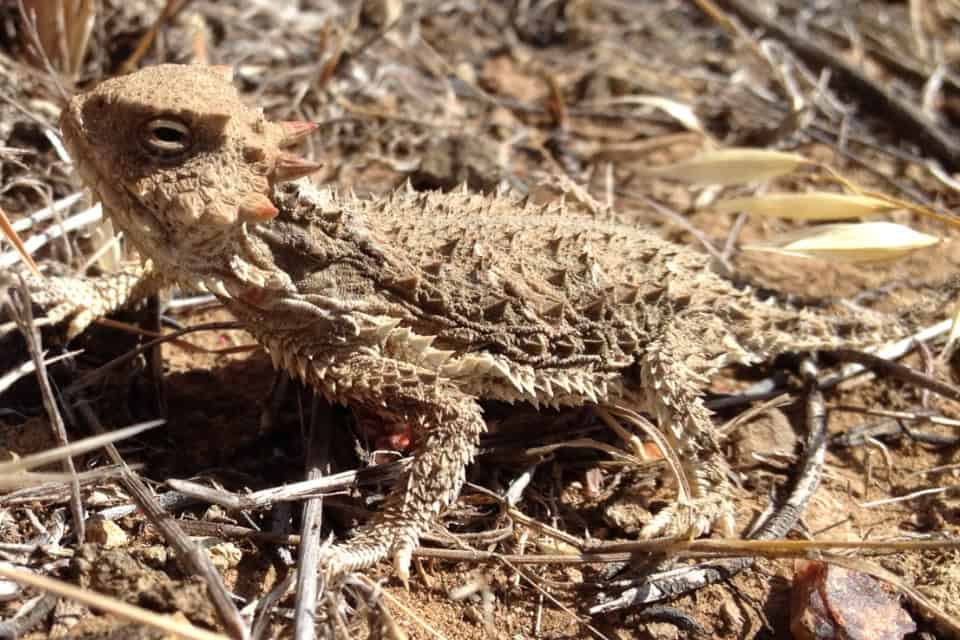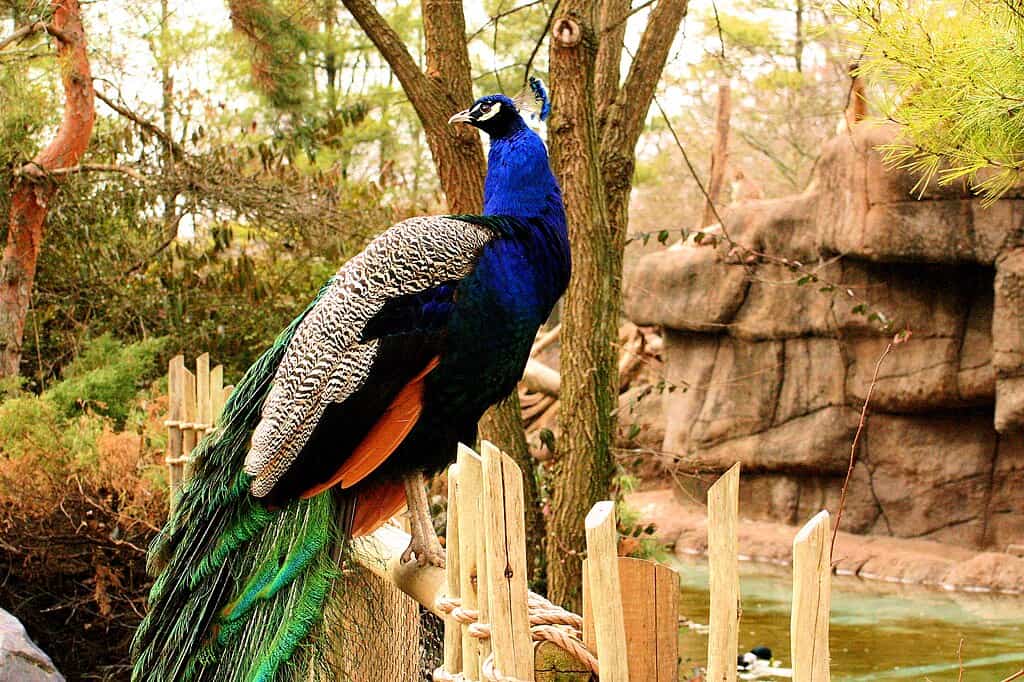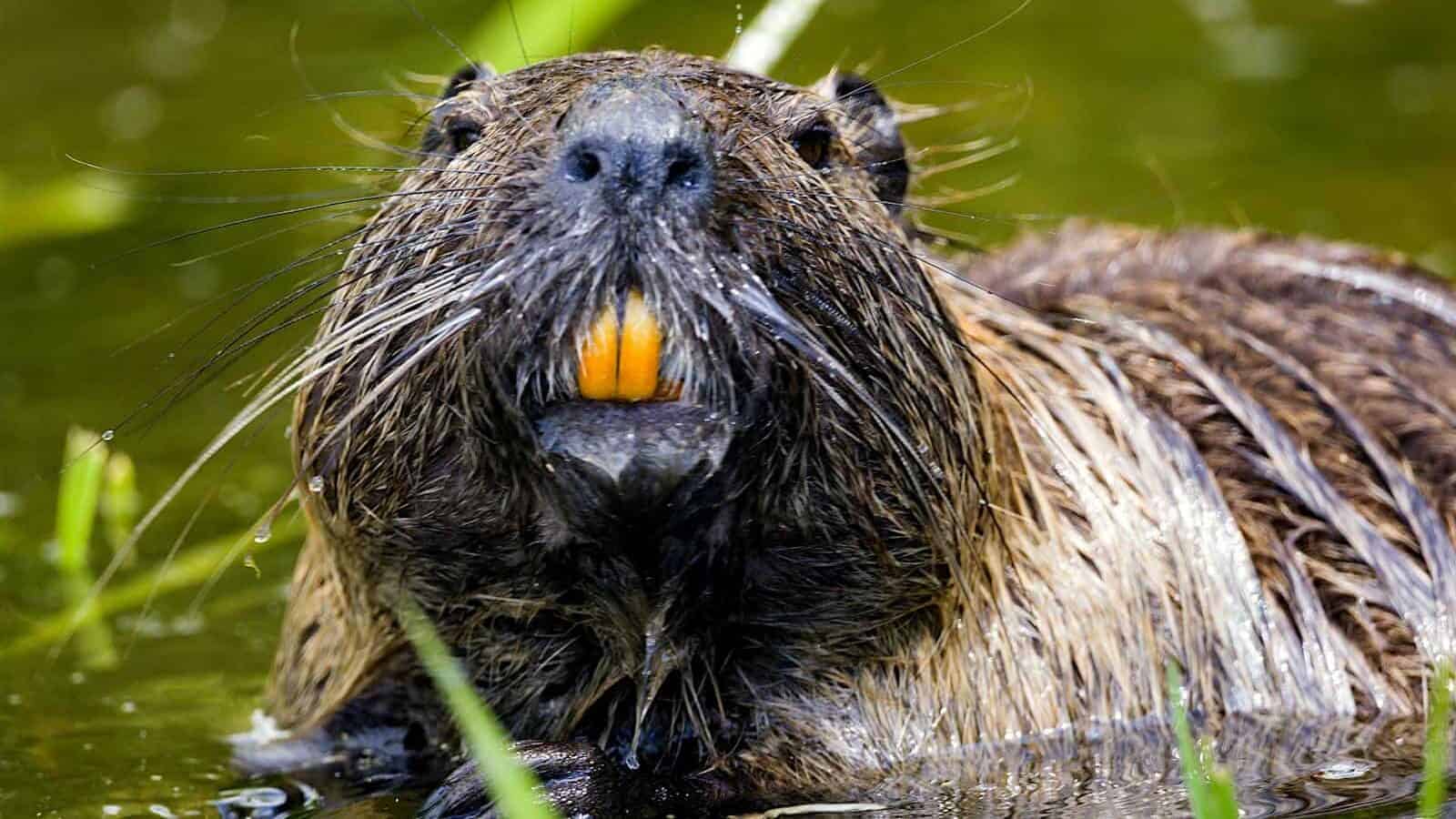The animal kingdom is a treasure trove of remarkable adaptations, and among these, tails stand out as extraordinarily versatile appendages. Far beyond mere decorative extensions, tails serve crucial functions that have evolved over millions of years to help creatures survive and thrive in their environments. From the depths of the ocean to the heights of the forest canopy, animals have developed tail uses that might surprise even the most dedicated nature enthusiasts. This article explores thirteen fascinating and sometimes unexpected ways that animals utilize their tails, demonstrating nature’s ingenuity and the remarkable diversity of evolutionary solutions to life’s challenges.
Balance Masters Tails as Counterweights

Many animals rely on their tails for balance, serving as natural counterweights that allow for impressive feats of agility. Cats are perhaps the most familiar example, using their tails to maintain equilibrium while walking along narrow surfaces or making sharp turns during high-speed chases. When a cat leaps through the air, its tail makes subtle adjustments that help it land precisely on target. This balancing function is even more critical for arboreal species like squirrels, who navigate precarious branches high above the ground. Their bushy tails not only provide counterbalance but also help them make split-second corrections when jumping between trees. For these animals, the tail functions much like a tightrope walker’s pole, constantly shifting to maintain stability in challenging environments.
Swimming Propulsion Natural Motors

In aquatic environments, tails transform into powerful propulsion systems that drive animals through water with remarkable efficiency. Fish exemplify this adaptation with their vertical tail fins (caudal fins) that push against water as they flex their bodies from side to side. This undulating motion generates thrust that propels them forward, with different tail shapes optimized for various swimming styles and speeds. Cetaceans like dolphins and whales have evolved horizontal tail flukes that move up and down, creating powerful forward momentum. A blue whale’s massive tail can propel its 200-ton body through the ocean at speeds up to 20 miles per hour. Even semi-aquatic mammals like beavers and otters possess specialized flat tails that serve as rudders and propellers, allowing them to navigate underwater with precision and speed while hunting or escaping predators.
Grasping and Climbing The Fifth Limb

Prehensile tails function essentially as fifth limbs for certain species, capable of grasping objects and supporting body weight. New World monkeys like spider monkeys and howler monkeys possess highly specialized prehensile tails lined with tactile ridges similar to fingerprints, allowing them to grip branches securely while using their hands for feeding or manipulation. These remarkable appendages can support the animal’s entire weight, essentially functioning as an additional hand. Some possums and kinkajous have similarly adapted tails that can wrap around branches, providing stability during arboreal foraging. The seahorse represents an unusual adaptation of this concept, using its prehensile tail to anchor itself to seagrass or coral, remaining stationary in ocean currents while waiting for prey to drift within striking distance. In each case, these grasping tails have evolved independently, demonstrating convergent evolution toward similar solutions for life in complex three-dimensional environments.
Communication Signals Visual Flagging

Tails often serve as highly visible signaling devices that communicate important messages to conspecifics or other species. White-tailed deer famously flash their bright tail underside when alarmed, serving as a warning signal that danger is nearby. This “flagging” behavior alerts other deer in the vicinity while potentially confusing predators about the exact location of the fleeing animal. Dogs communicate a remarkable range of emotional states through tail positioning and movement—a high, rapidly wagging tail generally indicates excitement or happiness, while a tucked tail signals fear or submission. Many social species, from wolves to meerkats, use tail positions as part of complex body language that maintains group cohesion and hierarchy. These visual signals work effectively at distances where scent or sounds might not carry, providing immediate information that helps animals coordinate their activities or responses to environmental challenges.
Defense Mechanisms Weaponized Tails

Some animals have evolved tails that function as formidable weapons for self-defense. Stingrays possess venomous barbed tails that can deliver painful and potentially lethal stings when threatened. The scorpion’s iconic curved tail ends in a venomous stinger capable of incapacitating prey or deterring predators. Pangolins, already protected by keratinous scales, can strike attackers with their muscular tails, delivering powerful blows. Perhaps most impressive are the ankylosaurus dinosaurs, which sported massive bony clubs at the end of their tails that could shatter the bones of would-be predators. Modern crocodilians continue this tradition, using their powerful, muscular tails to deliver devastating strikes against threats. These defensive adaptations transform what might otherwise be vulnerable posterior extensions into effective deterrents that make potential predators think twice before attacking.
Temperature Regulation: Natural Thermostats

In some species, tails play a crucial role in regulating body temperature, functioning as natural thermostats. The fennec fox, inhabiting the scorching North African desert, possesses a bushy tail that it can wrap around its body during cold desert nights for insulation, then use as a heat radiator during hot days. This adaptation helps manage the extreme temperature fluctuations of its environment. Similarly, many rodents use their relatively hairless tails as thermal radiators. Since tails offer a high surface-area-to-volume ratio with minimal metabolic cost, they provide efficient heat dissipation. Research on rats has demonstrated that these animals direct blood flow to their tails when overheating and restrict it when cold—effectively using the appendage as a thermal release valve. Arctic foxes take the opposite approach, using their exceptionally bushy tails as insulating blankets when they curl up to sleep in sub-zero temperatures, covering their vulnerable noses and paw pads to prevent heat loss.
Food Storage Natural Pantries

Certain animals have evolved the remarkable ability to store energy reserves directly in their tails, essentially creating built-in food pantries for lean times. The fat-tailed sheep, domesticated in parts of Africa and Asia, stores fat reserves in its tail that can sustain it through periods of food scarcity. More dramatically, the fat-tailed gecko can store enough nutrients in its tail to survive weeks without food, gradually metabolizing these reserves when needed. Similar adaptations appear in the leopard gecko, whose plump tail indicates good health and adequate nutrition. Perhaps the most extreme example is the beaver, which not only uses its tail for swimming but also as a significant fat storage organ that helps it survive harsh winters when food may be scarce or inaccessible beneath ice. These specialized storage tails represent elegant evolutionary solutions to the challenge of seasonal or unpredictable food availability.
Autotomy Sacrificial Appendages

One of the most dramatic tail adaptations is autotomy—the ability to voluntarily detach the tail when captured or threatened. This remarkable defense mechanism, seen most famously in many lizard species, allows the animal to escape while leaving a still-wriggling tail behind to distract the predator. The sacrificed tail creates a fascinating decoy that continues to twitch due to autonomous nervous system responses, often buying crucial seconds for escape. Some species, like the crested gecko, cannot regenerate their tails after detachment, making this a significant but potentially life-saving sacrifice. Others, including most skinks and geckos, can regrow a replacement tail, though the regenerated appendage typically lacks the original’s bone structure, instead forming around a cartilaginous rod. This adaptation represents an evolutionary calculation that prioritizes immediate survival over the energy cost of growing a replacement appendage.
Mating Displays Sexual Selection Showcases

In many species, tails have evolved into elaborate sexual displays that play crucial roles in mate selection. The peacock’s magnificent tail fan, with its iridescent eyespots, represents one of nature’s most spectacular examples of sexual selection. Males with more impressive tails—larger, more symmetrical, and with brighter colors—generally enjoy greater mating success, as these features signal genetic quality and health to potential mates. Lyrebirds possess equally remarkable tail plumage that males display during elaborate courtship dances. Among mammals, ring-tailed lemurs engage in “stink fights” where males waft tail scents toward competitors, having rubbed scent glands against their tails. Even scorpionflies use their scorpion-like tails (which aren’t true tails but modified genitalia) during elaborate courtship rituals. These specialized display functions demonstrate how sexual selection can drive the evolution of elaborate structures that might otherwise seem energetically costly or impractical.
Sensory Organs Specialized Perception

Some animals have evolved tails that function as sophisticated sensory organs, extending their perception of the environment. The most striking example may be the rattlesnake, whose iconic rattle serves as a warning system but also helps the snake sense vibrations through the ground. The specialized scales on a rattlesnake’s tail can detect subtle movements, providing additional environmental awareness. Thresher sharks take sensory tails in a different direction, possessing whip-like tails that can extend to half their body length and are used to stun prey by creating pressure waves that disorient or injure fish. Even more unusual is the male narwhal’s tusk—technically an elongated tooth rather than a tail, but serving a sensory function by detecting minute changes in temperature, pressure, and chemical gradients in seawater. These specialized sensory adaptations demonstrate how evolution can repurpose appendages to expand an animal’s perceptual world.
Social Bonding Affection and Recognition

In social species, tails often play important roles in bonding and recognition. Elephants frequently express affection by entwining their tails, particularly between mothers and calves, creating physical connections that reinforce social bonds. Horses communicate emotional states through tail position and movement, with relaxed swishing indicating contentment during social grooming sessions. Studies of canine behavior reveal that dogs wag their tails asymmetrically—more to the right when seeing something positive like their owner, more to the left when confronted with something threatening—indicating sophisticated emotional communication. In wolf packs, tail positions help maintain social hierarchies, with dominant animals holding their tails higher. Some social primates like ring-tailed lemurs engage in “stink tail” behaviors, where scent glands near the tail base mark group members or territories, creating chemical signatures that identify social groups and reinforce communal bonds.
Nest Building Construction Tools

Several species utilize their tails as effective construction tools when building nests or other structures. Beavers famously slap their flat, paddle-shaped tails on water to warn family members of danger, but they also use these appendages as trowels when applying mud to strengthen their dams and lodges. The North American beaver can move approximately 16 pounds of mud with each scoop of its powerful tail. Certain bird species, including fantails and some flycatchers, use their tails to sweep and compact nesting materials, creating more structurally sound homes for their offspring. Perhaps most impressive are the mud-dauber wasps, which, while not technically using tails (insects have abdomens rather than true tails), employ their posterior sections to shape and smooth the elaborate mud nests they construct. These adaptations transform tails from purely biological features into functional tools that extend the animal’s ability to manipulate and shape its environment.
Fascinating Tail Functions Nature’s Adaptability Showcase

The remarkable diversity of tail functions across the animal kingdom provides a compelling window into evolutionary adaptation and natural selection. What began as simple extensions for balance and locomotion has diversified into specialized appendages that serve dozens of distinct purposes, from communication to defense, from sensory perception to food storage. These adaptations demonstrate nature’s remarkable ability to repurpose existing structures to meet new environmental challenges or exploit new opportunities. The study of animal tails offers valuable insights into convergent evolution, where similar solutions independently evolve in unrelated species facing similar selection pressures. As we continue to study these fascinating adaptations, we’re reminded of the incredible ingenuity of natural selection and the endless ways that life adapts to the challenges of survival and reproduction across Earth’s diverse environments.
Conclusion:

In the grand tapestry of life, the tail stands out as a masterstroke of evolutionary innovation. Whether providing balance, propelling swift swimmers, aiding in communication, or even serving as a weapon or pantry, tails exemplify how natural selection refines and repurposes biological structures for survival and success. From the forest canopy to the ocean depths, animals have evolved astonishingly diverse uses for their tails, each perfectly suited to their environment and lifestyle. By studying these adaptations, we not only deepen our understanding of evolution’s creativity but also gain a profound appreciation for the interconnectedness and resilience of life on Earth. The story of the tail is, ultimately, a testament to nature’s endless capacity for invention and adaptation.
- 14 Creatures That Can Freeze and Thaw Back to Life - August 9, 2025
- 10 Animals That Risked Their Lives to Save Humans - August 9, 2025
- 14 Reasons Why Bears Are Afraid of Humans (Most of the Time) - August 9, 2025

